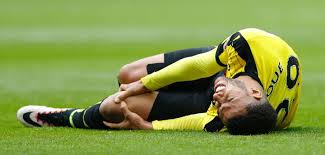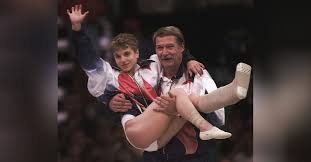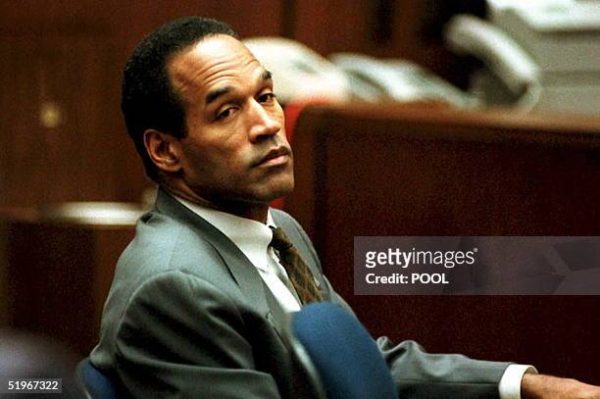Be Brave and Sit Out

Image from Athletes in Action
October 28, 2020
Athletes commonly feel the fear of exclusion when it comes to injury or pain, so it goes unmentioned. The irrational fear has shown to have long lasting affects on athletes, and not for the better. This “Tough Guy” mentality is how some athletes are being trained, even though it never ends well in the long run.

There is plenty of evidence from athletes, even Olympians, that prove playing through pain is not the way to go. The 1996 Olympic gymnast, Kerri Strug, sprained her ankle during a vault landing. She pushed through her pain to get a clean landing, and she was looked up to for it. That action is seen as heroic and brave for sacrificing the body for the gold, but it could cause permanent damage to the body. Many athletes view their bodies as something they can control and master; when they get injured, athletes see that as a weakness that needs to be controlled and changed.
Associate professor of the School of Medicine at Trinity College, Dr. Fiona Wilson said, “This study presents a powerful message that athletes fear being judged as weak when they have pain and injury. They feel isolated and excluded when injured. They feel that there is a culture within sport that values them only when they are physically healthy. This leads athletes to hide their pain and injury, which is likely to lead to poorer outcomes.”
For many athletes, sitting out from injury feels like you are not strong enough or are not fulfilling your job, especially for professional athletes. As far as sitting out when hurt goes, former NBA player Alvin Williams stated, “They’re the real courageous ones, because they’re the ones who are going to be able to come back. They’re setting an example that they’re more than an athlete. And, paradoxically, that’s what’s going to make the best athlete, the best organization, the best everything.”
These physical injuries can also lead to mental issues from the fear of how the athlete looks in their teammate, coach, or opponents’ eyes. Many outside pressures such as parents and scholarships, can make the athlete feel threatened to stay in the game.











